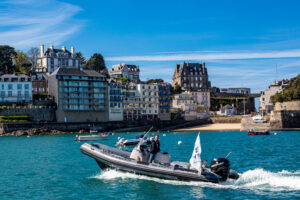
Dinard, France
If Saint-Malo is for pirates, Dinard is for elegance! Situated in a lovely position overlooking the Rance Estuary, the beautiful 19th century villas are just made for the aristocracy.
When a building as nice as this becomes redundant for its original purpose, it’s nice to see that something else can be found to enjoy its surrounds.
The museum building was originally a railway station, with construction completed in 1900. It was the terminus for the railways of southwestern France until 1939.
By 1939 the station’s short platforms had become unsuitable for the longer trains that were now running on the mainline services. After 1939 it was used for suburban services and part of it became a mailing centre during World War II. It was then used as a set for several films, and as a haven for a theatre company.
It was finally opened as a museum in December 1986. But still, when you stand above the museum space, you can still imagine the trains chugging through.
We were lucky enough to see a big exhibition of the work of Van Gogh when we visited. And the restaurant situated behind the huge clock face is certainly unique.
Tell us about your experience at this art space in the comment section below – we would love to hear from you.
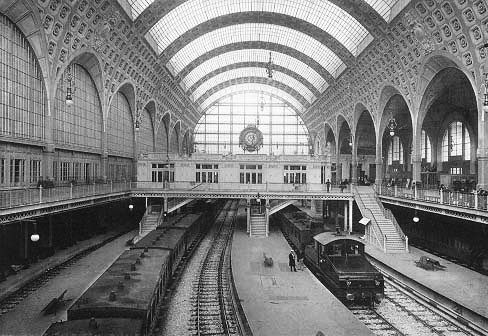

If Saint-Malo is for pirates, Dinard is for elegance! Situated in a lovely position overlooking the Rance Estuary, the beautiful 19th century villas are just made for the aristocracy.
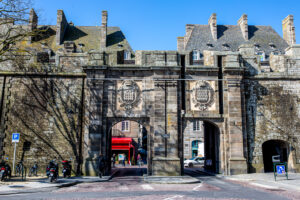
The walled town of Saint-Malo, once a haven for the pirates paid by the French government to harrass the English across the channel, now plays host to the thousands of tourists that flock there every summer.
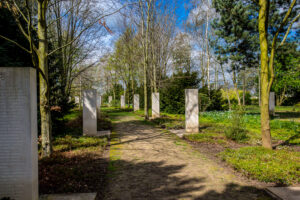
The Reporters Memorial in Bayeux is an avenue of white remembrance slabs of stone, each seven feet high, and each recording the names of reporters who were killed reporting conflict.
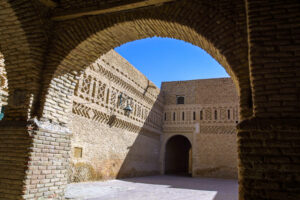
Tozeur is an oasis town full of interest. The medina buildings have intriguing brick patterns on their walls, there is a great museum, it’s popular with trekies because of its association with the Star Wars film, and there’s a quiet palm grove to wander through.
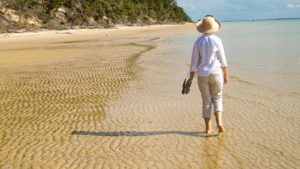
Make sure you bring your bucket and spade, it’s the biggest sand island in the world
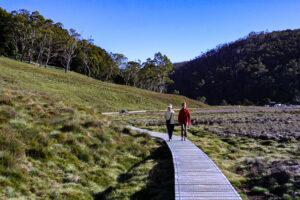
An iconic, wilderness area in Australia’s Southern-most state,Tasmania. Visit it, hike it, see it.